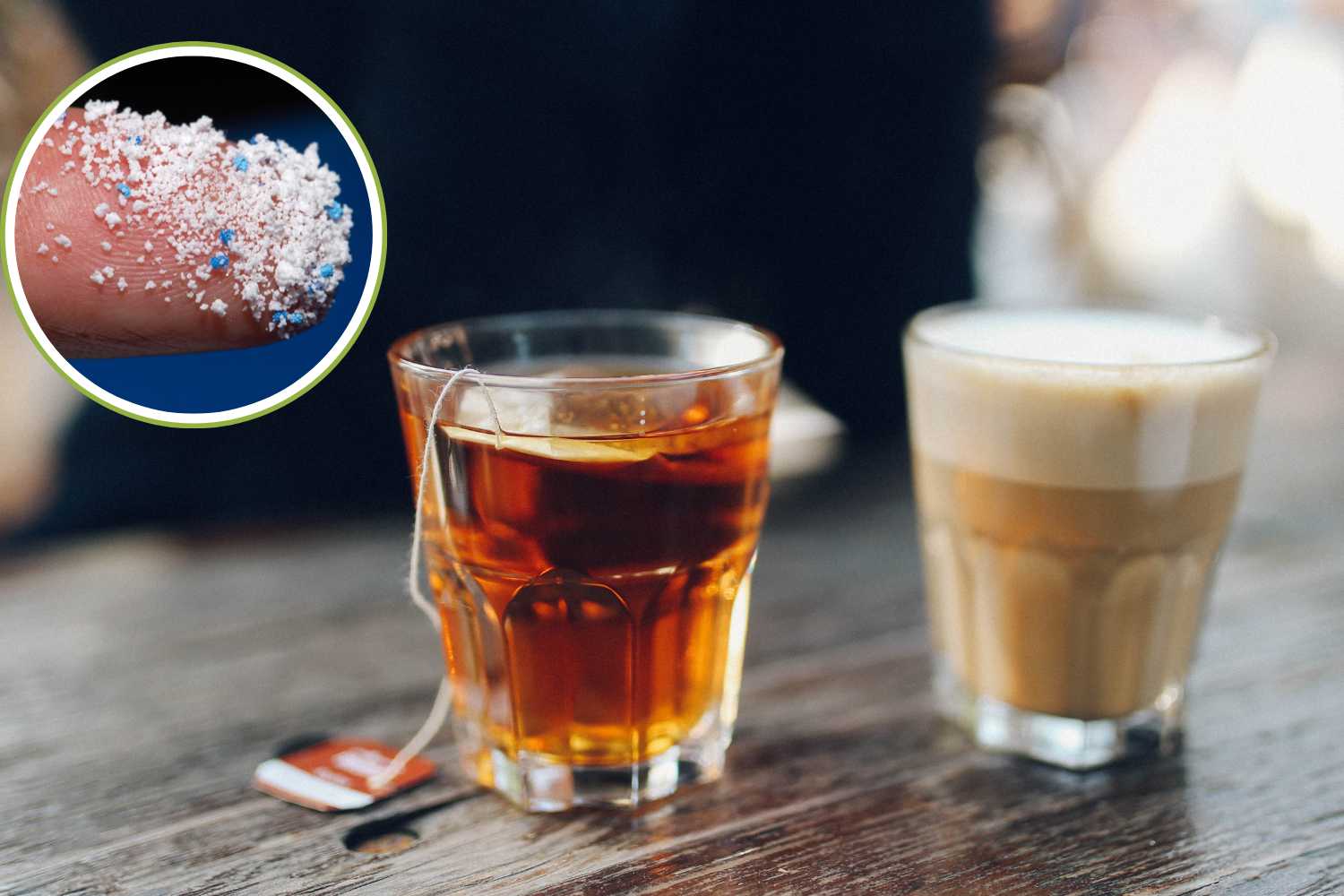That cup of coffee or tea you drink every morning could contain microplastics, according to a new English study. But the container and temperature can make a difference

Table of contents
As is now well known, microplastics are practically everywhere, including what we drink: from our tap water to the most popular beverages, contamination is increasingly widespread and concerning.
A study conducted in the United Kingdom, published in Science of the Total Environment, analyzed 155 samples of hot and cold beverages, revealing that all contain microplastics. Researchers detected fragments of polypropylene (PP), polystyrene (PS), polyethylene terephthalate (PET), and polyethylene (PE), materials commonly used in food packaging and disposable containers.
The most contaminated beverages
According to the study, hot beverages show higher levels of microplastics compared to cold ones, probably because heat promotes the release of particles from containers. In particular:
- Hot tea: 60 particles per liter, the highest average concentration
- Hot coffee: 43 particles per liter
Among cold beverages, microplastic levels vary as follows:
- Iced tea: 31 particles per liter
- Iced coffee: 37 particles per liter
- Fruit juices: 30 particles per liter, with higher peaks in PET bottles
- Energy drinks: 25 particles per liter on average
- Soft drinks: 17 particles per liter, the lowest concentration
It’s important to note that the type of packaging significantly influences contamination, as plastic containers release more microplastics compared to glass or metal cans.

@Science of the Total Environment
Which microplastics were found in beverages
The study detected microplastics ranging in size from 10 to 157 micrometers, with a predominance of fibers. The most common polymers are:
- Polypropylene (PP)
- Polystyrene (PS)
- Polyethylene terephthalate (PET)
- Polyethylene (PE)
Smaller-sized particles can penetrate biological tissues more easily, potentially accumulating in organs and contributing to inflammation and oxidative stress.

@Science of the Total Environment
Daily exposure
Combining microplastic concentrations with the average daily beverage intake of adults in the United Kingdom, the study estimates similar exposure between men and women:
- Women: 1.7 microplastics/kg of body weight per day
- Men: 1.6 microplastics/kg of body weight per day
These values exceed the estimated amounts considering only drinking water, demonstrating that tea, coffee, and juices play a significant role in daily microplastic intake (at least in the United Kingdom).
What we can do
Although it’s difficult to completely eliminate microplastics present in beverages, some precautions can reduce their ingestion:
- Prefer glass cups or ceramic mugs for hot beverages
- Limit the use of plastic containers
- Avoid prolonged contact with hot plastic packaging
Source: Science of the Total Environment
